- Genotype-phenotype analysis of 77 people with BCL11A-related intellectual developmental disorder shows a range of BCL11A variants and traits, including microcephaly, hypotonia, persistence of fetal hemoglobin and autism. European Journal of Human Genetics
- A clinical trial of the metabotropic glutamate receptor 5 modulator known as mavoglurant found no change in the levels of blood biomarkers in people with fragile X syndrome. SAGE Open Medicine
- People with de novo variants of the GSK3B gene, which affect neuron morphology, tend to have developmental delay, sleep problems, aggression and autism, according to a study in 15 people. Molecular Psychiatry
BCL11A-related intellectual developmental disorder; intervention dosage; gray-matter volume
Here is a roundup of autism-related news and research spotted around the web for the week of 11 November.
By
Jill Adams
12 November 2024 | 2 min read
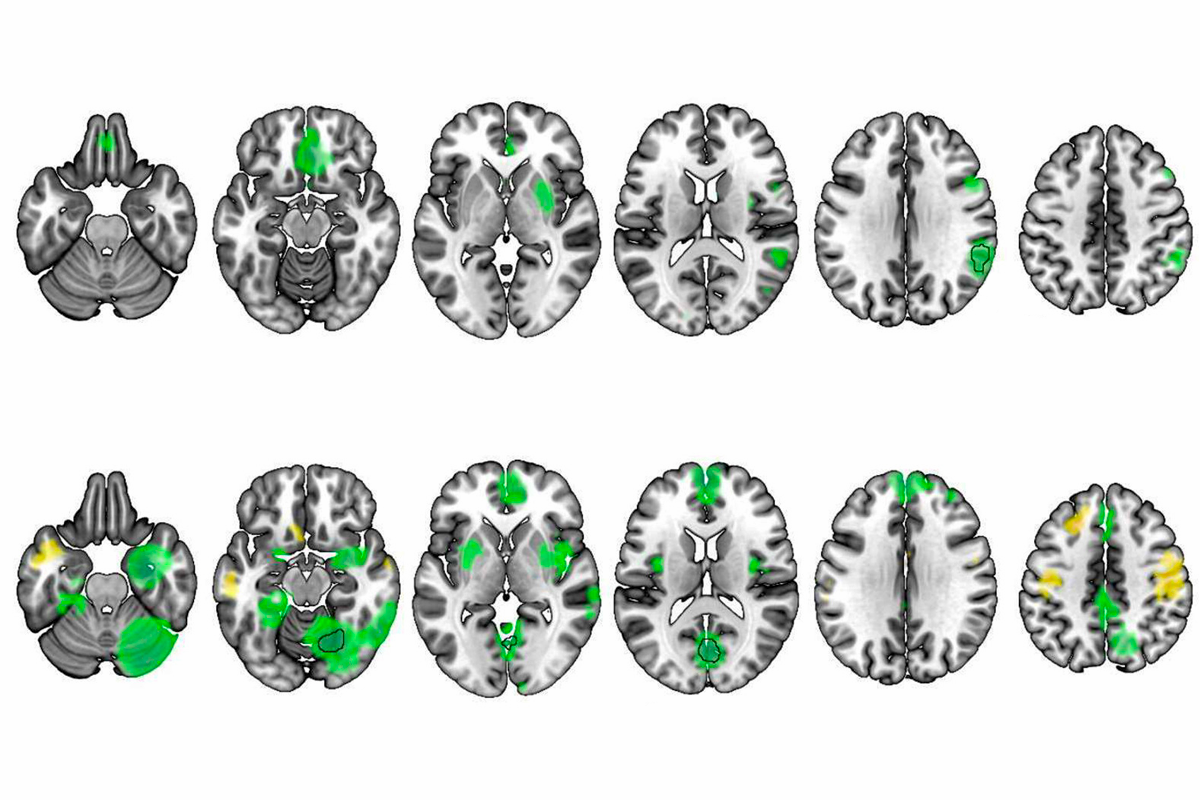
Size matters: A new atlas shows decreases (green) and increases (yellow) in gray-matter volume in autism (bottom row) and attention-deficit/hyperactivity disorder (top row).
- In a letter, Thomas Frazier and his colleagues argue that biased sampling led to an errant conclusion about intervention dosage for people with autism. In a reply, Micheal Sandbank and a co-author assert that Frazier’s pooling of data across interventions is misleading. Spectrum has previously reported on Sandbank’s concern about negative findings that aren’t published despite preregistration. JAMA Pediatrics
- Specific changes in regional gray-matter volume that align with psychiatric diagnoses can be gleaned by taking co-occurring conditions into account. Biological Psychiatry
- A phosphodiesterase 4D inhibitor called BPN14770, which improves cognitive function in men with fragile X syndrome, alters N1 event-related potentials in a blood-level-dependent way, suggesting that EEG can produce a treatment biomarker. Spectrum covered the earlier clinical trial results of this drug in 2021. Molecular Autism
- The editors of PLOS ONE have retracted a 2020 article that purported to identify a predictive profile for autism based in part on nine biomarkers. Concerns included irregularity in the raw data files. PLOS ONE
tags:
Recommended reading
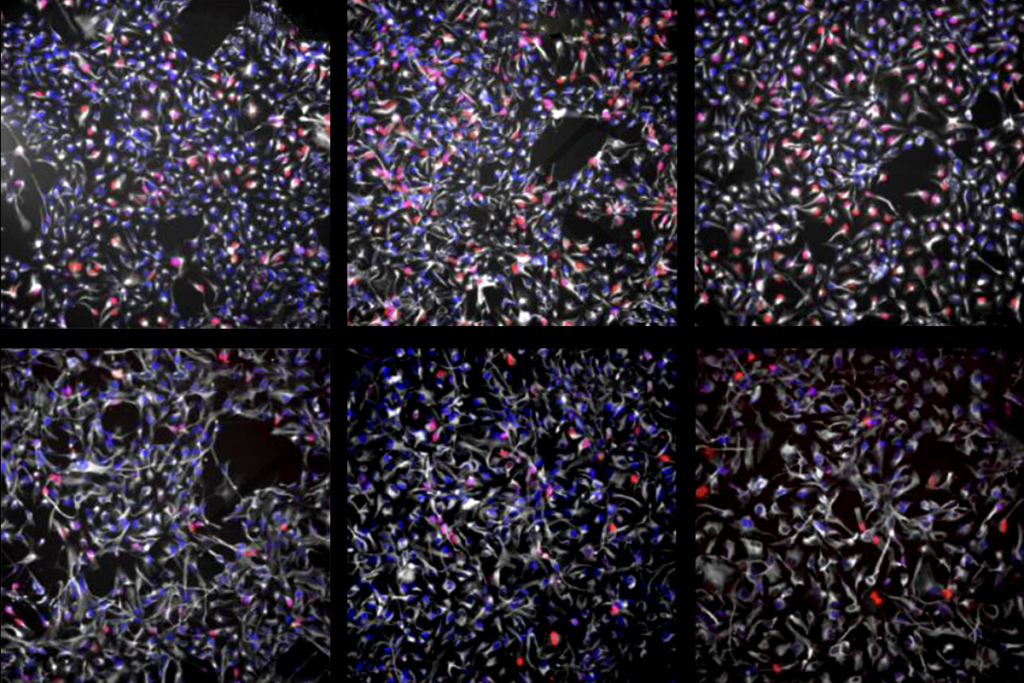
Dosage of X or Y chromosome relates to distinct outcomes; and more
By
Daisy Yuhas
24 June 2025 | 2 min read
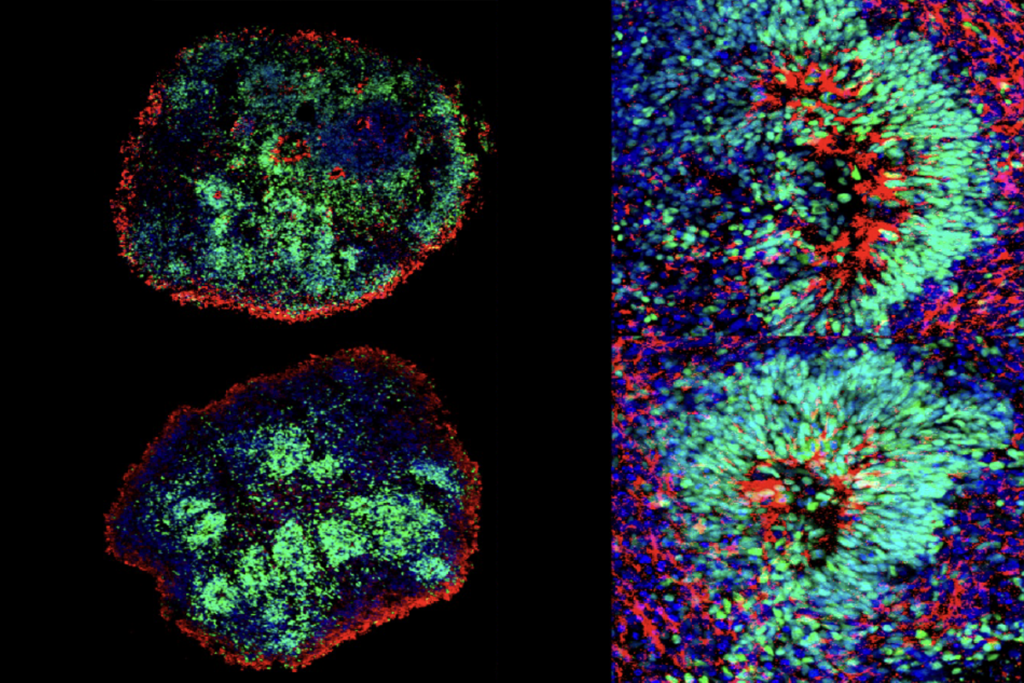
Altered visual processing in a mouse model of fragile X syndrome; and more
By
Jill Adams
17 June 2025 | 2 min read
Explore more from The Transmitter
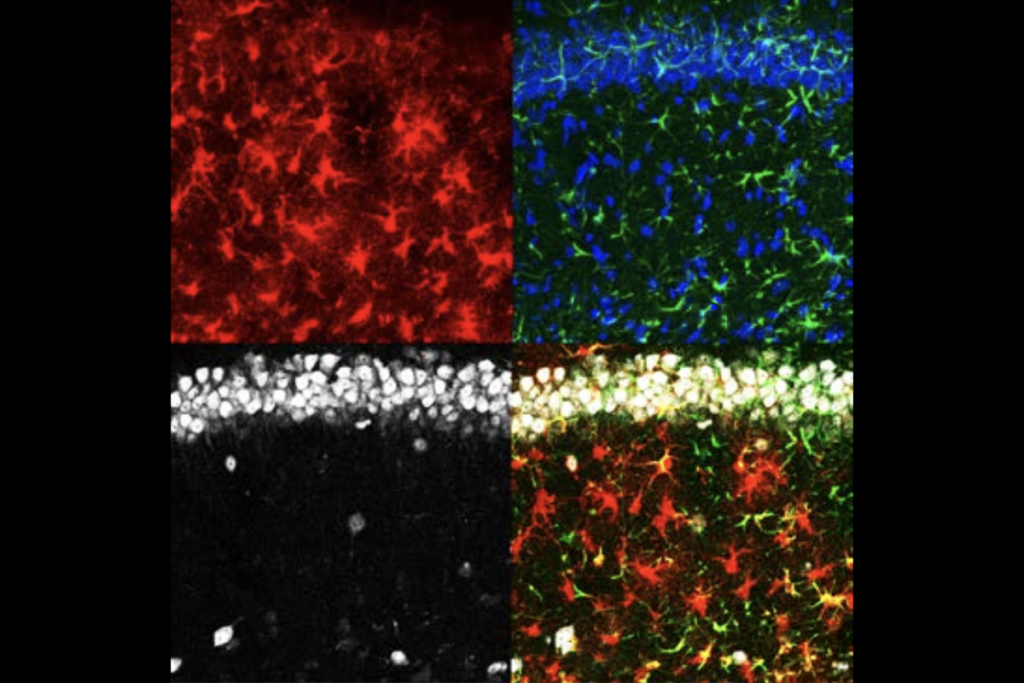
Astrocytes sense neuromodulators to orchestrate neuronal activity and shape behavior
By
Claudia López Lloreda
27 June 2025 | 9 min listen
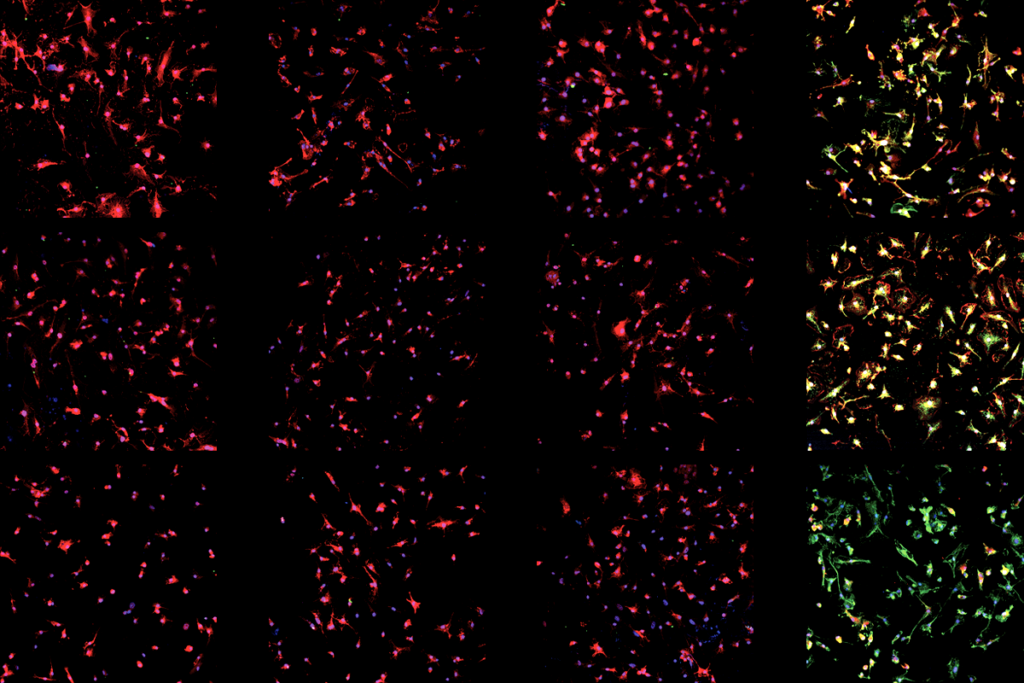
Authors correct image errors in Neuron paper that challenged microglia-to-neuron conversion
By
Shaena Montanari
26 June 2025 | 3 min read
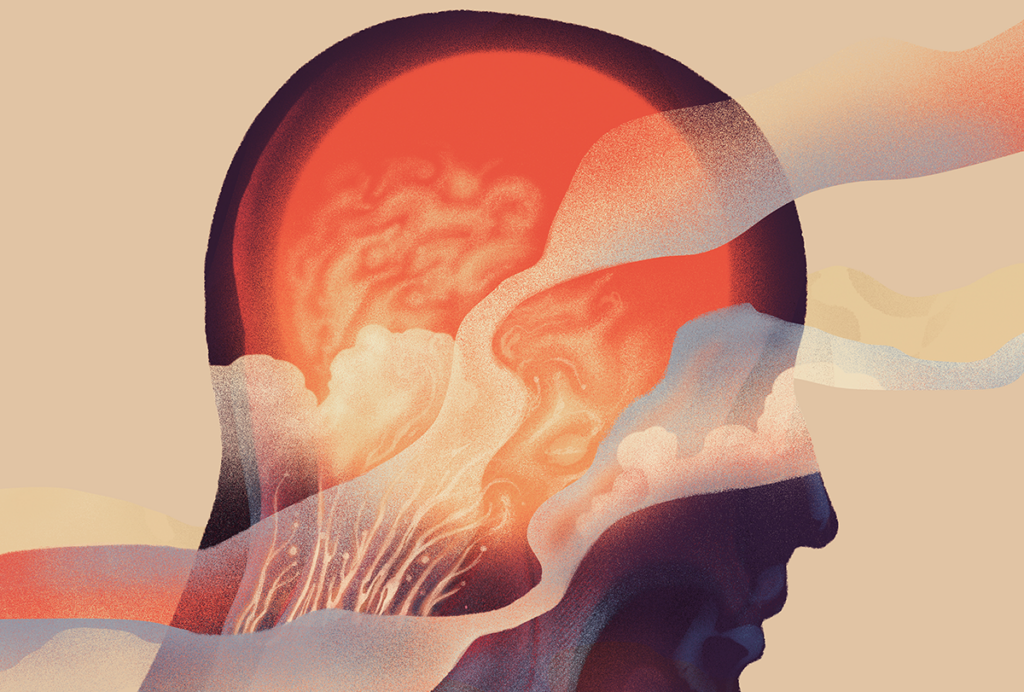
Building a climate neuroscience subfield: Q&A with Angie Michaiel
By
Calli McMurray
26 June 2025 | 5 min read
Cite this article:
